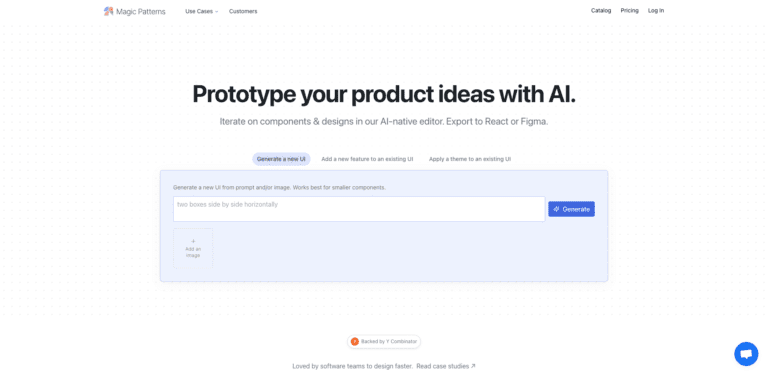This week, I came across an article titled “Googling Is for Old People”, and it hit close to home. The premise is simple but profound: younger users are moving away from traditional search engines like Google in favor of visually-driven platforms like TikTok and Instagram to discover content. For web designers and developers, this shift demands a rethinking of how we create and position our digital experiences.
The Shift to Visual and Social Search
At GoDaddy, the products I build aim to help web designers, developers, and agencies succeed. I’ve seen this shift firsthand. Younger users aren’t necessarily going to Google—or even directly to websites—to find what they need. Instead, they’re turning to platforms like TikTok, Instagram, or even AI-powered chat tools.
Take me, for example: if I’m looking for a new restaurant, I’ll often check TikTok first. The combination of short, visually-rich content and community-driven discovery is incredibly appealing. But this trend creates challenges for traditional web design.
Why Owning Your Digital Real Estate Still Matters
Even as user behavior shifts, I firmly believe in the value of owning your own website. Having your own piece of digital real estate ensures:
- Control: You own your content, data, and branding.
- Longevity: Platforms come and go, but your site remains.
- Versatility: Your website can serve as the central hub, integrating and benefiting from traffic generated by social and visual platforms.
However, it’s clear that websites can no longer exist in isolation. They need to be part of a larger ecosystem that branches into these new discovery platforms.
Expanding Beyond Websites
One opportunity I’m currently exploring is how to help traditional web designers, developers, and agencies branch out from their core services. Expanding offerings beyond websites to include services that align with new user behaviors can create a stronger funnel back to the client’s site.
Some ideas include:
- Social Media Optimization: Creating Instagram or TikTok content strategies that complement a website’s branding and drive traffic.
- Interactive Content: Designing visual-first assets, like short videos or animated infographics, that are shareable across platforms.
- AI Integration: Helping clients leverage AI tools for content creation, customer engagement, and more.
- SEO Beyond Google: Optimizing for social search and alternative discovery methods.
- Data-Driven Content: Using analytics to understand where users are coming from and tailoring strategies to amplify those channels.
The goal isn’t to abandon websites but to enhance their relevance by meeting users where they are while driving them back to a central, owned digital hub.
Top of Mind
As AI and visual discovery tools grow, the challenges for web designers and developers will only increase. But this shift also creates opportunities for innovation. The real question is: How do we embrace these changes without losing the core value of what we offer?
For me, this is a problem worth solving—not just for my products but for the broader community of designers and developers navigating this new landscape.
What’s your take on this shift? Have you started adapting to new discovery behaviors in your work? I’d love to hear your thoughts in the comments.
Until next time,
Nealey




